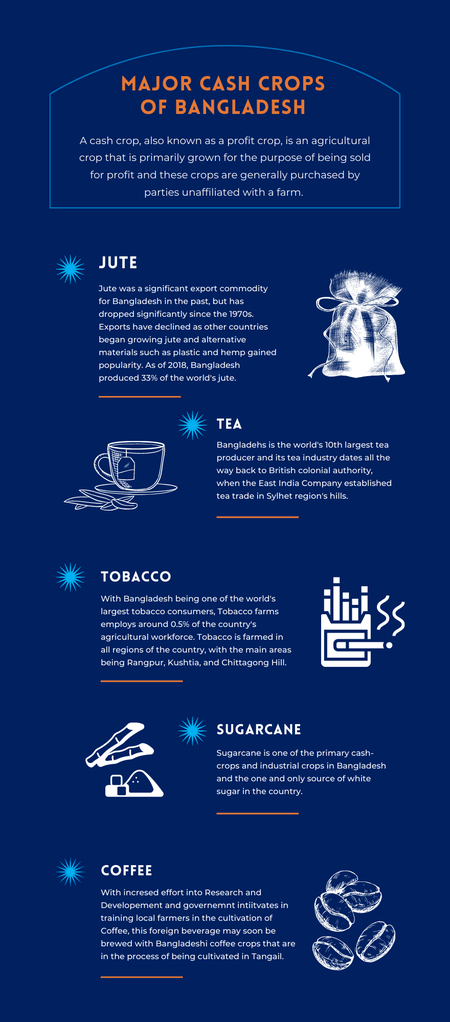23rd September 2022
Why Moving to a Circular Economic Model Makes Sense for the Textile Industry
With COVID-19 causing the biggest paradigm shift in the world order, more and more people are beginning to realize how we, humans, had taken the Earth and all its blessings for granted. Even before this pandemic had begun, environmental activists like 15-year-old Greta Thunberg constantly made noise about the importance of adopting a circular economic model in an attempt to save the Earth for generations to come. In an Environment Committee meeting held in April 2019, Thunberg urged environment Mechanical, Electrical, and Plumbing systems (MEPs) and leaders to elevate their policies and transform them to prevent making large-scale damages that may later become impossible to undo. Her speech emphasized the importance of an economic system that is backed by a cleaner, greener, and more circular processes. But what exactly is a circular process?
To understand the ideal state of being for the world economy, we first have to take a look at our current state of being which is largely linear.





